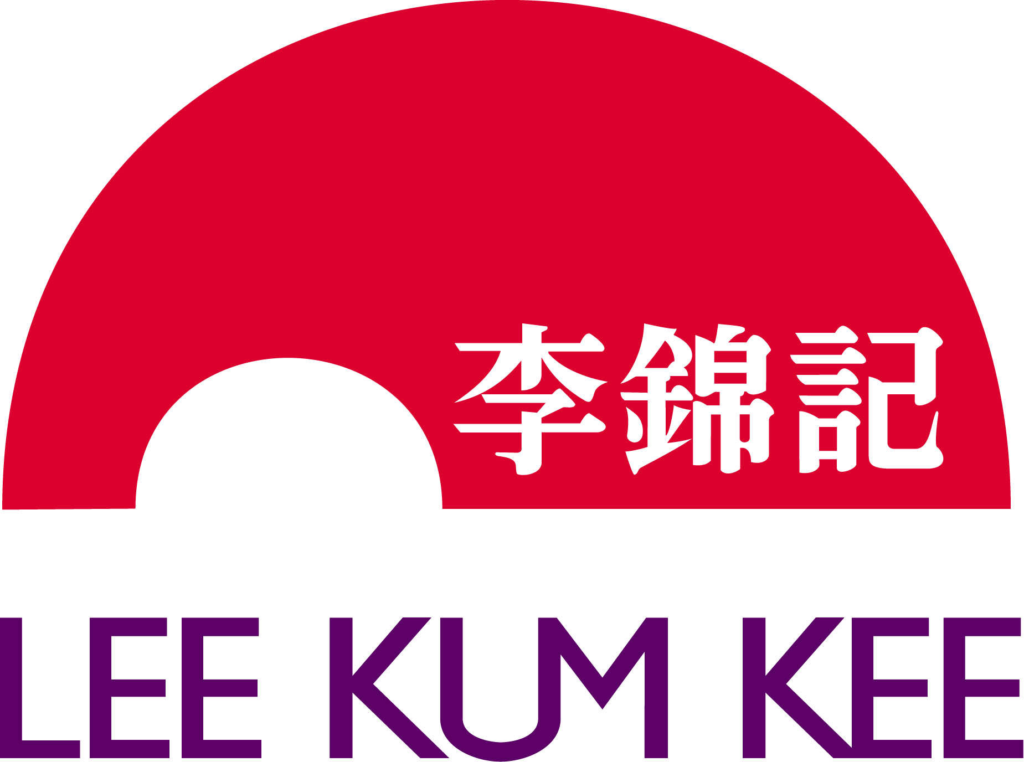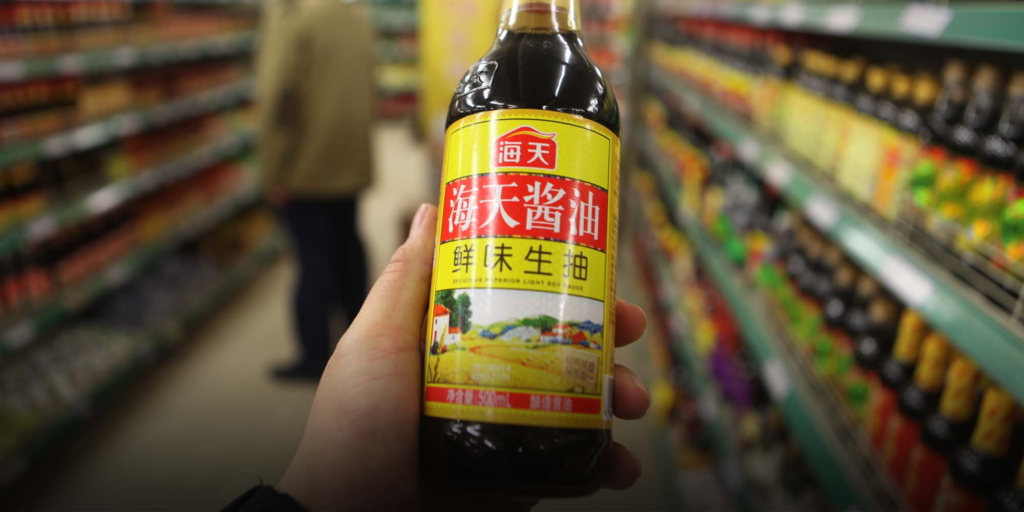
Light soy sauce is a fundamental ingredient in Asian cuisine, particularly in Chinese and Southeast Asian cooking. It is a thin, salty sauce that is lighter in color and less viscous than its counterpart, dark soy sauce. Light soy sauce is made by fermenting soybeans and wheat, then brewing the mixture with specific molds and yeast. The sauce is typically aged for a few months to develop its rich flavor.
Light soy sauce is valued for its ability to enhance the natural flavors of dishes without overwhelming them. It adds a salty and savory taste, making it a popular seasoning for stir-fries, marinades, dressings, and dipping sauces. Due to its versatility and balanced flavor profile, light soy sauce is a staple in many kitchens around the world, offering a delightful touch to a wide variety of dishes.

Dark soy sauce is a vital component in Asian cuisine, especially in Chinese cooking. It is a thick, dark, and slightly sweet sauce with a rich, complex flavor. Dark soy sauce is made using the same basic ingredients as light soy sauce—fermented soybeans and wheat. However, it is aged for a longer period and often contains added molasses or caramel for sweetness and color.
Due to its intense flavor and dark color, it is primarily used to add depth, color, and a sweet undertone to dishes. Dark soy sauce is commonly used in braised dishes, stews, and marinades, where its robust flavor can shine. It is also used to give a deep brown or black color to dishes, making them visually appealing.
In summary, dark soy sauce is cherished for its ability to impart a deep, savory taste and a dark hue to a variety of Asian dishes, enhancing their overall taste and appearance.
Comparison between Light and Dark Soy Sauce:
- Color and Texture:
- Light Soy Sauce: Light in color and thin in texture.
- Dark Soy Sauce: Dark, almost black in color and thick, syrupy texture.
- Flavor:
- Light Soy Sauce: Salty and savory, with a clean and fresh taste.
- Dark Soy Sauce: Sweet, less salty, and has a more complex, deep flavor due to the extended fermentation process.
- Usage:
- Light Soy Sauce: Used for seasoning, marinating, stir-frying, and as a dipping sauce. It enhances and highlights the natural flavors of dishes.
- Dark Soy Sauce: Used for color and flavor. It’s often added at the beginning of cooking to give a rich color to dishes, especially in braised and simmered dishes. It also imparts a slightly sweet taste.
Popular Soy Sauce Brands:

Kikkoman: Kikkoman offers both light and dark soy sauce options and is widely available internationally. Their soy sauces are known for their quality and authenticity.

Lee Kum Kee: This Hong Kong-based brand produces a variety of soy sauces, including light and dark ones. They are known for their rich flavors and are commonly used in Asian cuisine.

Pearl River Bridge: Originating from China, Pearl River Bridge produces a range of soy sauces, including light and dark varieties. They are well-regarded for their traditional production methods.

Yamasa: Yamasa is a Japanese soy sauce brand known for its naturally brewed soy sauces. They offer various types, including light soy sauce, which is commonly used in Japanese cuisine.

ABC: ABC is an Indonesian brand that produces a variety of soy sauces, including sweet soy sauce (kecap manis), which is a thick, sweet, and dark sauce used in Indonesian and Southeast Asian cooking.

Haitian: soy sauce is a popular brand of soy sauce in China, produced by Haitian Flavoring and Food Co., Ltd. It is made from natural ingredients such as water, soybeans, wheat, and salt, and some products also contain food additives to enhance the flavor and shelf life. Haitian soy sauce has a long history and a large market share in China and abroad.
